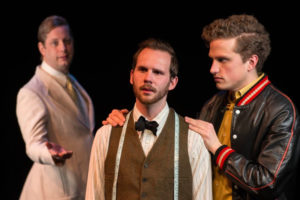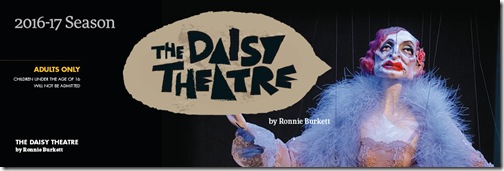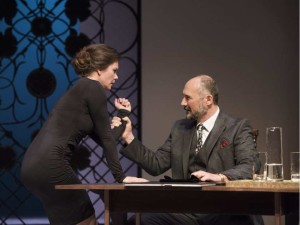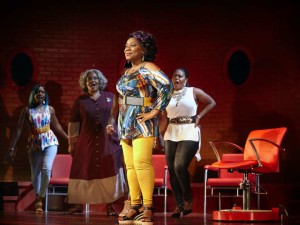The Fresh Meat Festival returns to Arts Court theatre for its fifth instalment. Were an unsuspecting audience member to stumble upon this event, it’d be one for the books. Fresh Meat is for fearless audience members who are looking for a taste of the experimental, unhinged and up-and-coming. The festival distinguishes itself as one that presents unbridled artistry from local theatre makers in the early stages of their careers. That these works are unpolished and presented with minimal set or costuming only adds to the atmosphere; the DIY aesthetic is met by truly experimental performances by Ottawa’s next generation of creators.
The Fresh Meat Festival runs two weekends, the second of which kicked off on Thursday October 20. During the second weekend of Fresh Meat 5, five shows run the gamut of theatrical styles, from self-reflective storytelling, to scripted sketch comedy, physical comedy and more. Across the board, the performances are comedic in nature. That’s where the comparison ends.
The evening opens with a performance by the winners of the 2016 Prix Rideau Awards for Outstanding New Creation for their 2016 Ottawa Fringe offering, Rideshares and Ropeswings. Catch Matt Hertendy and Matthew Venne’s succeeding show, Boy vs. Chair at Fresh Meat 5. The show is a disorienting stand-off between a man in a propeller hat and a not-so-inanimate, black chair. It’s a kind of parody of the common narrative convention that “things are not what they seem,” delivering to its audience a silly, peculiar and awkward story that is more rooted in the physical comedy of the two performers than it is in making itself understandable. What starts as a power struggle soon becomes a Bop-It! duel, then a reconciliation, then a choreographed pas-de-deux. Just kidding, they obviously aren’t dancers. Hertendy and Venne are advantaged by their awkward physical presences on stage, and this show will undoubtedly give you the giggles. …
Read More Read More




